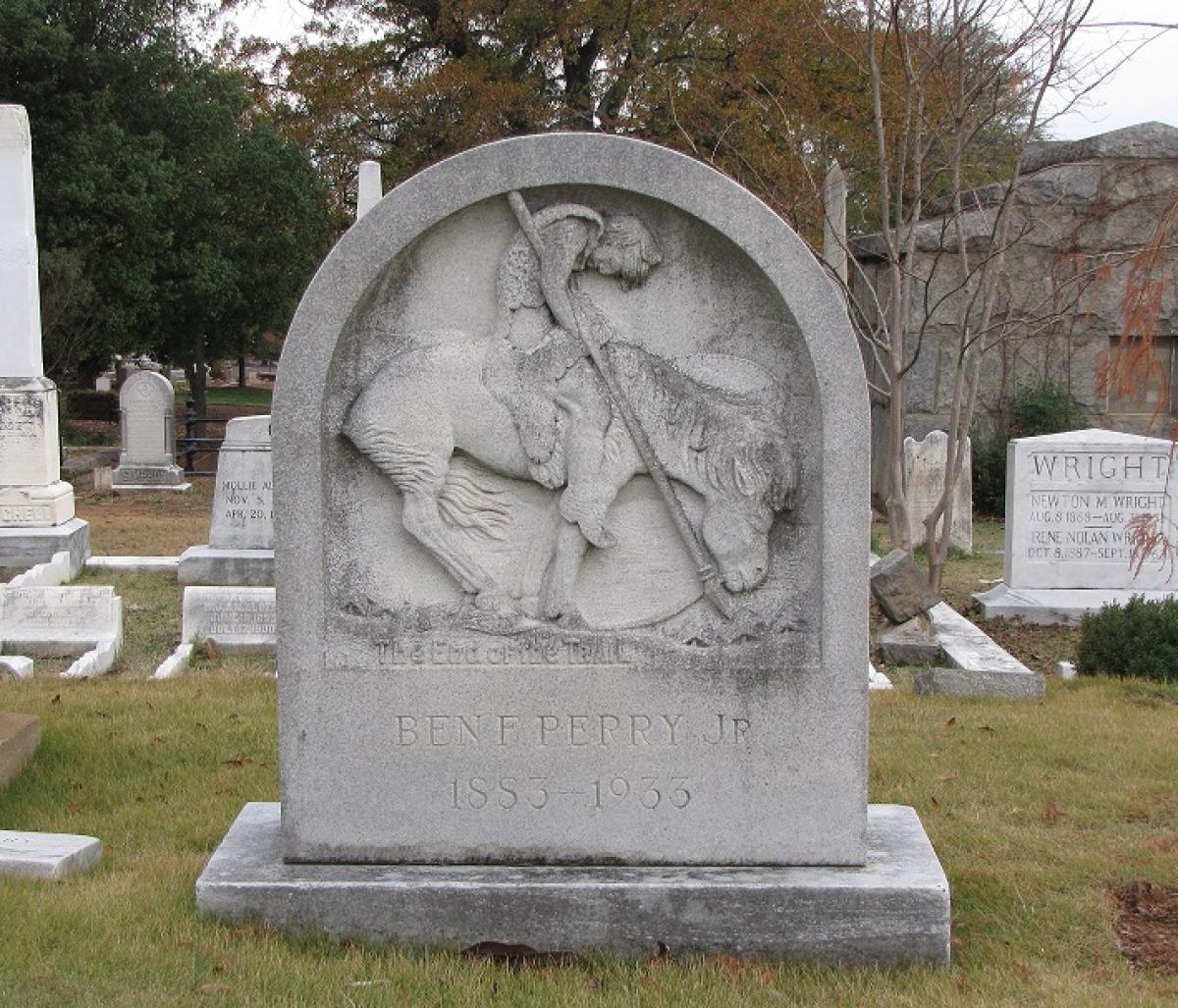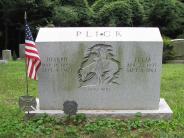- Our Community
- Community Overview City History Community Demographics Chamber of Commerce Events and Activities City Calendar City Parks On-Line Store Cemeteries Local Weather Photo Gallery
- Library School District Public Safety Emergency Management Police Fire ADA Compliance Americans with Disabilities Wall of Honor Wall of Honor
- Grove Regional Airport Grand Lake Association INTEGRIS Grove Hospital Har-Ber Village Lendonwood Garden Playmakers Theatre Cayuga Mission
- Doing Business
- Welcome Visitors
- Grand Lake Association Grove Area Chamber of Commerce Grove Regional Airport Playmakers Theatre
- Cayuga Mission Har-Ber Village Lendonwood Garden Grand River Dam Authority (GRDA)
- On-line Store Photo Gallery Events Where to Eat Where to Stay Where to Park in Downtown Grove Wolf Creek Park & Boating Facility
- Inside City Hall
- Contact City Hall Staff Directory Submit a Complaint or Comment City Code Comprehensive Plan Jobs - Equal Opportunity Employer Non-Discrimination Download Employment Application Submit Employment Application
- Agendas and Minutes City Council Boards and Committees Convention and Tourism Bureau Economic Development Authority Municipal Airport Authority Municipal Service Authority Planning and Zoning Board Zoning Board of Adjustments ADA Compliance Americans with Disabilities
- Departments Administration Airport Buildings and Grounds Community Development Economic Development Finance Fire Emergency Management Municipal Court Police Public Works Utility Services
- Helpful Resources
- Alerts and Notifications Email Subscriptions Events and Meetings Agendas and Minutes City Calendar In the News City News
- Contact the City Staff Directory Submit a Request or Concern Code Red Code Red Login Documents and Forms Documents and Reports Forms, Permits and Applications Maps
- Social Media City of Grove on Facebook Wolf Creek Park on Facebook Grove Animal Control on Facebook Frequently Asked Questions Frequently Used Numbers Helpful Links
Trails End

THE END OF THE TRAIL (TRAILS END) - Is a sculpture by American-born artist James Earle Fraser, The End of the Trail has endured to become one of the most recognizable images in the United States. Many people are familiar with this representation of an American Indian on horseback, but few actually know the history of the piece.
James Earle Fraser grew up on the plains in Mitchell, South Dakota. There he had unique encounters with pioneers, hunters and fur trappers, and he befriended many of the Plains Natives. He often heard stories about the “doomed fate” of the Native people and sympathized with their suffering as westward expansion threatened to consume their lands. The experience of watching a young man in Mitchell carve chalkstone into different forms encouraged Fraser to begin sculpting. He later acknowledged that this significantly influenced his art career.
In the late 1880s, the Fraser family left their prairie life behind and moved to Minneapolis, a landscape that was much different from the flat, vast expanses of the West. The hills, lakes and trees provided the young Fraser with fresh subject matter for his artwork. His family then soon moved to Chicago, where at the age of 13, Fraser began his studies at the Art Institute. During this time, he was able to assist in the installation of sculpture at the World’s Fair of 1893. Combined with his boyhood experiences on the plains of South Dakota, the sculptures of the American Indians featured at the Fair further encouraged Fraser to produce the image he had envisioned for The End of the Trail. He began making the model for the piece shortly afterwards.
Though Fraser won many awards for his work at the Art Institute, his father did not support his plan to continue his studies as an artist. He contacted Sir William Van Horne, a major railroad tycoon who was also a close family friend and a collector of great works of art, for his advice in assessing his son’s artistic abilities. Van Horne encouraged Fraser’s studies in art, and his father agreed with the decision, allowing the young student to travel to Paris, France in 1897.
Fraser took a small, bronze version of The End of the Trail with him overseas, and in 1898 he won the John Wanamaker prize for the work at the American Artists Association exhibition in Paris. This prestigious award brought him the opportunity to study at the Beaux Arts school in Paris and the chance to assist Augustus Saint-Gaudens, the leading sculptor in the United States who had a strong influence on the development of Fraser’s style.
Above all, Fraser held the highest admiration for the work of Michelangelo, whose sculptures he had studied while at the Beaux-Arts school. But it was on a trip taken to Italy during his last year in Paris that Fraser encountered the classic works of this Renaissance master in person. The awe-inspiring journey encouraged Fraser to produce works on a monumental scale, and he kept this experience in mind as he returned to the United States in 1900. Working with Saint-Gaudens, Fraser found ways of rendering his forms in bronze and plaster with the same sense of emotion as Michelangelo.
In 1901 Fraser completed his first commission, the Saint-Gaudens Medal, for the Pan-American Exposition in Buffalo, New York. This work helped to establish the artist and brought further commissions, including his most famous piece, a monumental version of The End of the Trail created exclusively for the 1915 Panama-Pacific International Exposition in San Francisco, California.
After returning to the United States, Fraser made several changes to his small bronze of The End of the Trail for the 1915 sculpture. The artist struggled with which image of the Native American would be the most appropriate to depict a vanishing race of savage warriors or the transformation of proud, spiritual people into the next century.
Choosing the latter option, Fraser replaced the buffalo shield that appeared in earlier versions of the piece with a medicine bag. Combined with the presence of a strong wind whisking behind the figure and his horse, these details represent the spiritual side of the Native people. Another prominent change made specifically for this piece was the removal of part of the buffalo hide robe, exposing the musculature of the figure and representing the strength of the Native American.
Placed in the Court of Palms at the entrance to the Expo, this compelling image greeted almost 19 million visitors. Fraser’s piece was such a great success that he was awarded the gold medal for sculpture, and The End of the Trail quickly gained widespread recognition. Following the conclusion of the Exposition, many artists wished to have their sculptures cast in bronze, but this was not possible since the United States entered into World War I, and the materials for making bronze became very scarce. Thus, the plaster sculptures were tossed into a mud pit at Marina Park.
Residents of Tulare County, California, rescued The End of Trail in 1919 and relocated the piece to Mooney Grove Park, near Visalia, California. In 1968 the National Cowboy & Western Heritage Museum acquired the plaster piece, had the plaster piece cast in bronze, and returned the cast sculpture to Mooney Grove Park.
Click any thumbnail image to view a slideshow

